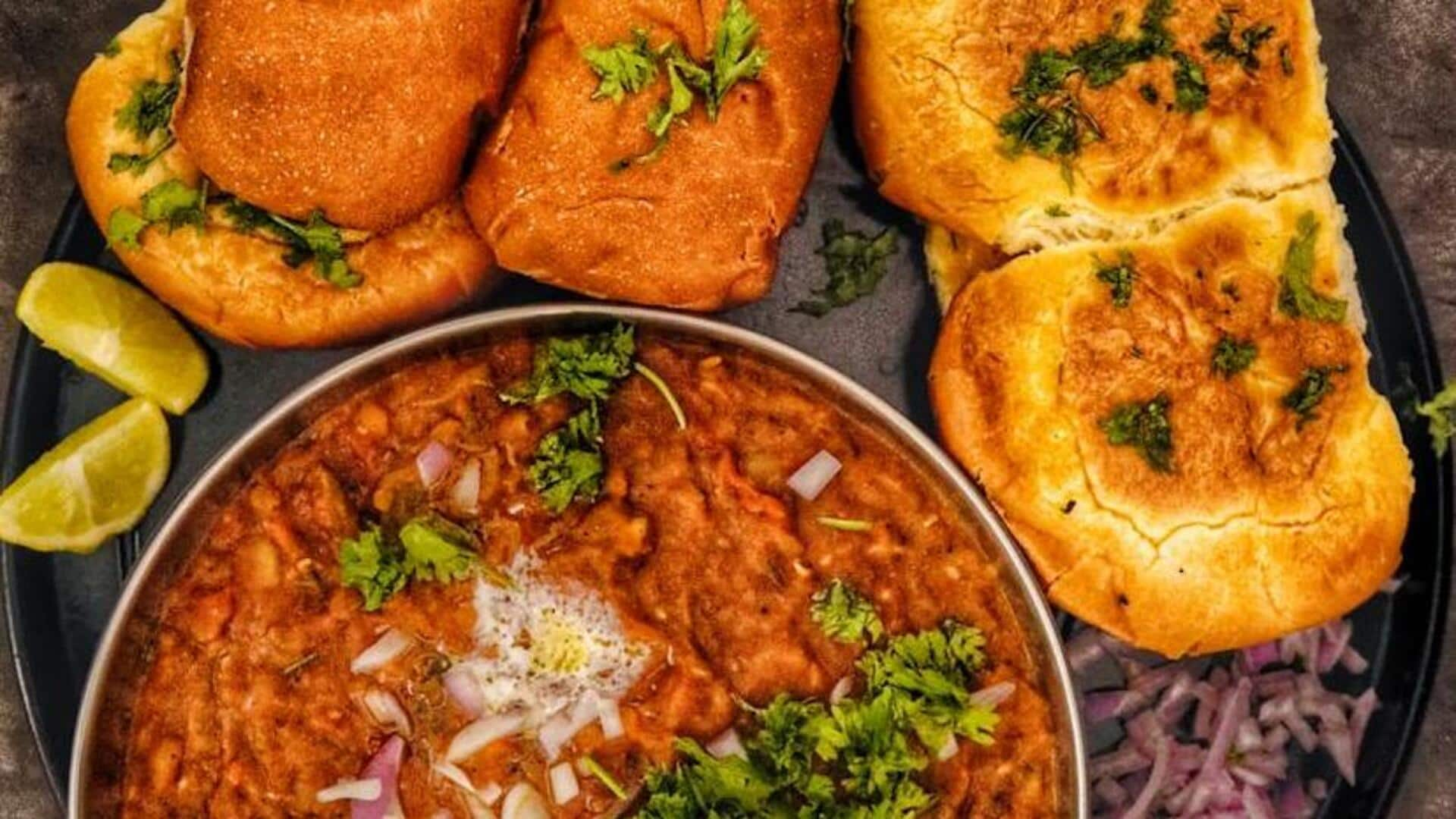Our Terms & Conditions | Our Privacy Policy
The transcontinental tale of pav bhaji
Was a long read? Making it simpler…
Next Article
Refer to this guide
What’s the story
Pav bhaji, the heartbeat of Mumbai’s bustling streets, holds a deep-rooted history tracing back to the 1850s.
Initially crafted as a midnight snack for the city’s textile mill workers, it has since traversed continents, adapting in flavor and presentation.
Delve into the evolution of pav bhaji from its humble beginnings to its position as a world-renowned cuisine.
Origins in the textile mills
By the mid-19th century, Mumbai’s thriving textile mills were running 24/7.
The night shift workers required a cheap meal option that could be eaten quickly during their short breaks.
Vendors outside the mills started mashing leftover vegetables from the day and served it with buttered bread.
And, voila! pav bhaji was created out of necessity and innovation.
A street food staple
As Mumbai expanded, so did the fame of pav bhaji. By the late 20th century, it had already transformed from a workers’ meal to a cherished street food delicacy.
Every street vendor brought a unique touch, some making it spicier, others adding extra butter for indulgence.
Its cheapness, combined with the convenience of quick preparation, made it a favorite among office-goers, students, and families.
Crossing borders
The late 20th and early 21st centuries witnessed the globalization of Indian cuisine, with pav bhaji transcending national borders.
Indian diaspora communities brought this beloved dish to the shores of the United States, United Kingdom, Canada, and Australia.
Restaurants adapted its flavor to cater to local tastes while preserving its authentic core, incorporating it as a staple offering on their menus.
Fusion variants emerge
As pav bhaji became a global sensation, chefs worldwide started experimenting with its traditional recipe.
They invented fusion dishes such as pav bhaji pizza and pasta with bhaji sauce.
These modern interpretations not only catered to Indians craving a taste of home but also intrigued locals looking for new flavors.
This gastronomic innovation expanded pav bhaji‘s reach, blending Indian authenticity with international culinary trends.
Cooking tips for authentic flavor
For the most authentic Mumbai-style pav bhaji, don’t hold back on that Amul butter and pav bhaji masala!
You need to strike that perfect harmony of spices, cook those veggies down into a deliciously smooth mash, and serve it up with some hot, buttery pav.
The secret to nailing it outside India? Fresh produce and quality spices are your secret weapons.
Images are for reference only.Images and contents gathered automatic from google or 3rd party sources.All rights on the images and contents are with their legal original owners.




Comments are closed.